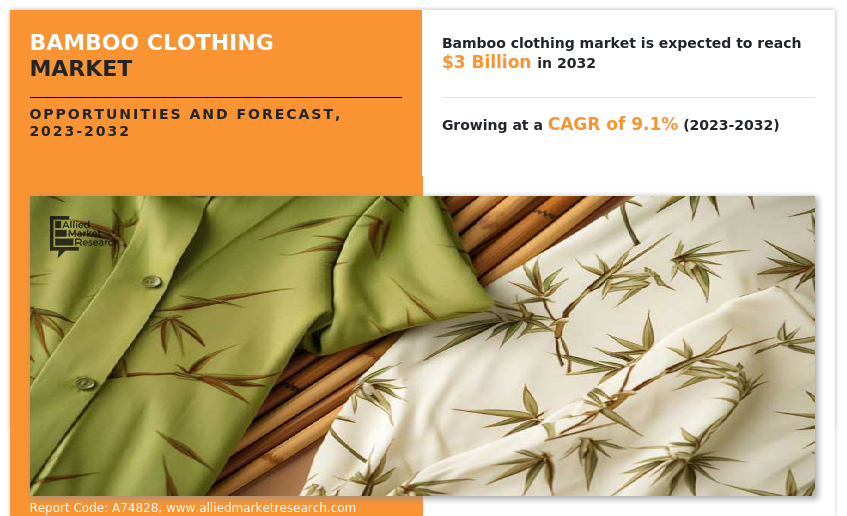Recommended News On Deciding On Bamboo Clothing
Wiki Article
What Are The Benefits Of Hemp Fibres With Low-Impact Clothing For The Environment?
Low impact fiber hemp clothing offers several environmental advantages as compared to clothing made from other materials, notably synthetic fibers and conventional cotton. Here are some of the important environmental benefits of hemp clothing. Sustainable FarmingHemp - Hemp is a eco-friendly crop. Hemp grows fast and uses less water, pesticides and herbicides than many other crops. Hemp grows well in a variety of conditions and soil types. This reduces the use of chemicals used in agriculture.
Hemp usually uses significantly less water than traditional cotton. Cotton is known to use plenty of water. It makes hemp clothes an efficient choice in terms of water consumption.
Hemp can often be cultivated without synthetic pesticides, herbicides or any other chemical. This reduces the environmental impact of chemical agriculture.
Hemp cultivation can enhance soil quality due to its roots that are deep-rooted. This aids in preventing erosion and compaction of soil. The soil is in a better condition to allow future crops to flourish.
Biodegradability - Hemp fibers degrade and biodegrade naturally over time. This reduces the environmental burden from textile waste. Comparatively, synthetic fibers including polyester are able to decompose in a matter of many years.
Low Carbon Footprint- Production of hemp fibers leaves generally less carbon footprint compared to synthetic materials. Additionally, hemp is able to take in carbon dioxide throughout its growth, and serve as a carbon storage.
Hemp clothing's durability and longevity is popular. Hemp garments of good quality can last for many years. They eliminate the requirement for replacements and also help to reduce waste.
Natural Pest Resistance Hemp plants are naturally resistant to many pests, reducing the requirement for chemical methods to control pests.
The versatility of Hemp can be utilized for various textile applications, including clothing, bags and accessories. This makes it a sustainable and versatile choice for clothing and textiles.
Regenerative agriculture- Some sustainable farming methods incorporate hemp into regenerative agricultural systems, which aim at restoring and improving ecosystems as well as generating plants. It could have positive effects on the environment.
It is important to remember that while hemp offers several environmental advantages, the overall sustainability of clothing also depends on other elements, including the process of dyeing, transport, and consumer behaviors. Similar to any industry, there are variations in the standards and practices used for production. It's important to choose organic clothing that is certified sustainable or organic for the greatest environmental benefits. Read the recommended hemp clothes hints for more examples including hemp underwear, hemp shorts mens, hemp boxer shorts, organic hemp fabric, hemp sportswear, hemp clothing near me, hemp bathing suit, hemp sweater, patagonia hemp work pants, hemp apparel wholesale and more.

How Can Hemp Fibers Benefit On Carbon Sequestration And Sustainability, As Well As Crop Rotation?
Hemp fibers can contribute to carbon sequestration, sustainability, and crop rotation practices in several ways which makes them an eco green choice for agriculture and textile production Carbon Sequestration
Hemp is an extremely quick-growing plant that is extremely fast-growing. It is able to mature in as little as 70 to 120 days depending upon the variety of the plant and the environment. Hemp plants absorb carbon dioxide (CO2) in their rapid growth phase as part of their photosynthesis process. This carbon uptake can significantly contribute to carbon sequestration, which reduces CO2 levels in atmosphere.
Hemp has a significant biomass production. The plant's thick and tall foliage produces a significant quantity of organic substances. This biomass can be used for the production of organic carbon in soils or for various other purposes.
Sustainability:
Low Chemical Use- Hemp cultivation usually requires less synthetic herbicides and pesticides as than other crops such as cotton. Its natural resistance decreases its requirement for chemical intervention. Particularly organic hemp farming is a focus on sustainable practices, since it doesn't use chemical pesticides.
Hemp is a water-efficient crop, and can grow with minimal irrigation. This makes it a better crop in regions in which water resources are scarce. This helps hemp to be more viable in areas with scarce water resources.
The deep roots of hemp can enhance soil health. The roots of the plant help to prevent soil erosion by stabilizing the soil structure and reducing runoff. Hemp is a great plant to boost soil microbial activity, which helps to improve soil nutrient cycle and fertility.
Crop Rotation- Hemp can be incorporated into crop rotation systems. Crop rotation is the process of rotating different crops in the same area over the course of. It is a wonderful way to break pest-disease cycles and improve the quality of soil and reduce soil depletion. Hemp is a fantastic crop to rotate, and its use can contribute to sustainable farming practices.
The rotation of the crop
Hemp is also a good addition to rotations of crops alongside other crops like vegetables, legumes or grains. This will aid in maintaining the health of soils. It will also reduce the risk of attracting pests and diseases that are particular to crops and promote healthy nutrition cycles.
The roots of hemp are deep and can penetrate soils and open them up which reduces compaction. It also increases water infiltration. After a hemp crop, the improved soil structure benefits later crops in the succession.
In the end, hemp fibers help improve carbon sequestration methods and sustainability, as well as crop rotation and water efficiency due to their rapid growing, biomass production and minimal chemical demands. The hemp fibers that are produced by this sustainable, regenerative farming practice are an excellent option for making textiles. View the recommended hemp clothes for blog info including patagonia hemp overalls, hemp shorts mens, hemp coat, patagonia iron forge jacket, mens hemp trousers, hemp clothing womens, 100 hemp clothing, hemp fabric, hemp mens jeans, hemp clothing for men and more.

What Are The Benefits Of Wearing Bamboo Clothes In Terms Of Comfort And Environmental Impact?
Bamboo clothing has many advantages in terms of comfort and the environment- Comfort-
Bamboo fabric is known for its softness. It has a soft and silky texture that makes it comfortable to wear. A majority of people find bamboo clothes extremely soft, making it a popular choice for intimate clothes, loungewear, and activewear.
Bamboo fibers are known for their capacity to absorb moisture and also breathe. The micro-gaps in the fabric permit air to circulate, keeping you comfortable and cool in hot weather. Moisture wicking helps to draw sweat away from the skin.
Bamboo clothing is excellent for thermoregulation. It helps keep you warm in colder weather by keeping warmth close to your skin. In addition, it helps keep you cool during hot weather by allowing excess water and heat to evaporate. The ability to adapt to temperature fluctuations can make bamboo clothing suitable to wear throughout the year.
Hypoallergenic Bamboo is hypoallergenic in nature and gentle on sensitive skin. Bamboo fabric will not trigger irritation or allergic reactions. This makes it a suitable choice for individuals who have skin sensitivities, allergies or.
Bamboo fibers are able to resist to odors due to their antimicrobial nature. This property contributes to bamboo clothing remaining fresh, even when it is worn during physical activity.
Environment-
Sustainable- The bamboo plant is a sustainable, renewable resource. It is one of the fastest growing plants in the world and requires a minimum amount of water as well as no pesticides or herbicides for cultivation. Bamboo can be harvested without harm to the plant as its roots regenerate.
Bamboo is a plant that has low water consumption. Bamboo can flourish with little irrigation and can often be grown using rainwater alone which reduces the environmental impact that comes with the use of water in agriculture.
Biodegradability- Bamboo clothing is decomposes naturally after a period of time, even before it has been discarded. This feature reduces the amount of nonbiodegradable textiles that end up in the garbage dumps.
Carbon Sequestration Bamboo plants have the capacity to absorb CO2 from the air during rapid expansion. Bamboo farming is a great way to reduce greenhouse gas emissions as well as act as a source of carbon.
Chemical Reduction - The manufacture and processing of bamboo textiles generally requires less chemicals than some other textiles. This helps reduce the impact on the environment that the manufacturing of textiles is a contributor to.
Closed-Loop Process- Certain bamboo fabric manufacturing processes are closed-loop that recycles water and chemical waste and reduces the amount of waste and pollution.
Be aware that the effects of bamboo clothes on the environment could differ depending on the type of manufacturing process used, and if bamboo was sourced responsibly and sustainable from bamboo forests. To get the most environmental benefits, consumers should seek out bamboo clothing that is produced using eco-friendly and ethical practices. Have a look at the best from this source for bamboo clothing for blog info including bamboo clothing, bamboo trousers mens, bamboo newborn clothes, men bamboo boxer shorts, women's freefly apparel, bamboo pants for women, boody bamboo underwear, bamboo material clothing, bamboo t shirts womens, bamboo workout clothes and more.
